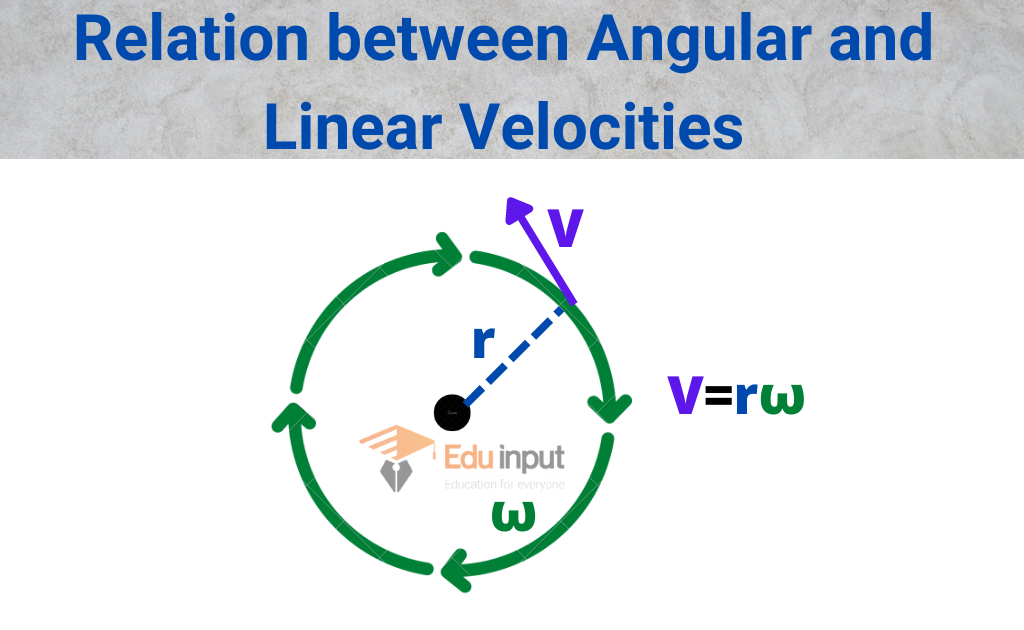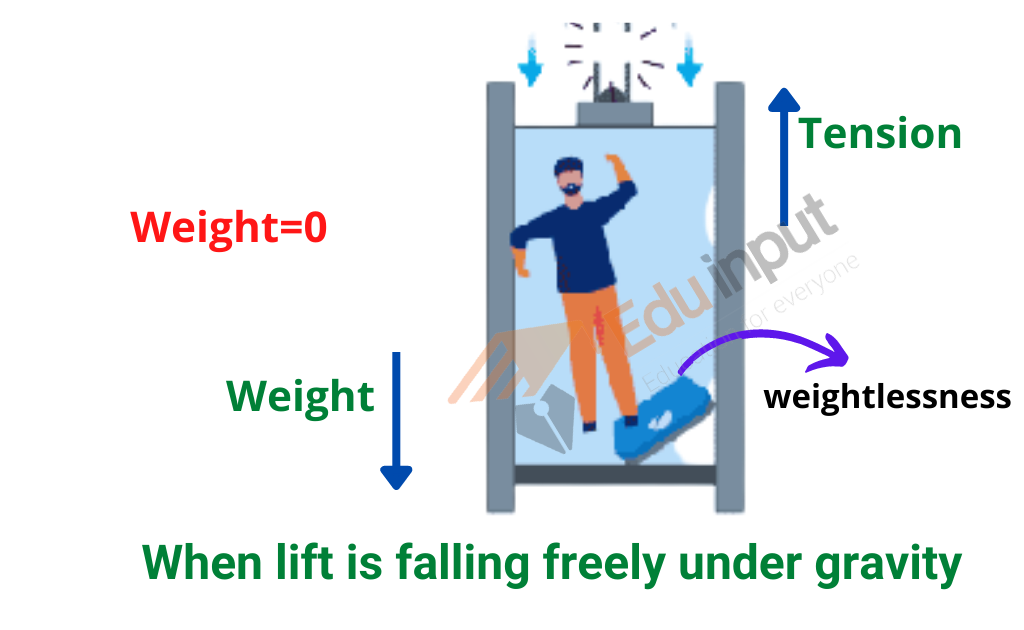What is Gravity?-Definition, History, And Examples
Gravity is a law of nature and it is a force that helps the planets to rotate around the sun and it keeps the earth moving toward the sun. The gravitational force is also responsible for the movement of other celestial bodies in the universe.
What is gravity in Physics?
In physics, gravity is a fundamental interaction which causes mutual attraction between all things with mass or energy. The weakest of the four fundamental interactions is gravity, which is 1038 times weaker than the strongest interaction, 1036 times weaker than the strongest interaction, and 1029 times weaker than the weakest interaction. It doesn’t have a significant influence on the level of subatomic particles because gravity is the most significant interaction between objects at the macroscopic scale.
History of Gravity
The first discovery of gravity was made by Sir IsaacNewton in 1687. He noticed an apple was falling down while sitting under the tree. He tried to figure out why the apple came down, instead of going up or down. In this situation, there was clearly an unknown force at play, that force is whatNewton called gravity and his theory is called newtons law of Universal Gravitation. A new idea about gravity was developed by Albert Einstein in the early 20th century. He stated that gravity is the warping of space and time.
The Gravity of Earth
The Earth and every planetary body are surrounded by their own gravitational fields, which exert an attractive force on all objects. The strength of the field at any given point above the surface is determined by the planetary body’s mass and the square of the distance from the center of the body.
The rate of acceleration of falling objects near the Earth’s surface varies very slightly depending on latitude, surface features such as mountains and ridges, and perhaps. The force of gravity on Earth is the result of two forces, one of which is based on the universal law of gravitation. The force of gravity is weakest at the equator because of the force caused by the Earth’s rotation and because points on the equator are farthest from the center of the Earth. Canada’s Hudson Bay has less gravity than any place on Earth.
Examples of Gravity
The gases in the sun are held together by gravity, one of several examples of gravity at work. Water rests at the bottom of a glass rather than at the top of the glass because of gravity. The tides in the ocean are caused by the force of attraction between the moon and the earth. The result of gravity is shown here.
The moon is moved around the earth by gravity. All objects have the same effect with gravity. If you drop a road and a feather at the same time, they will fall at the same speed. It might look like the iron rod is falling at a faster rate due to the effect of air resistance.
They would fall at the exact same time, if they were dropped in the vacuum. The object’s gravity can be determined by its size. The mass of an object is what determines the Gravity of an object. It’s the weakest force in nature and it doesn’t play a role in determining the internal properties of everyday matter.







Leave a Reply